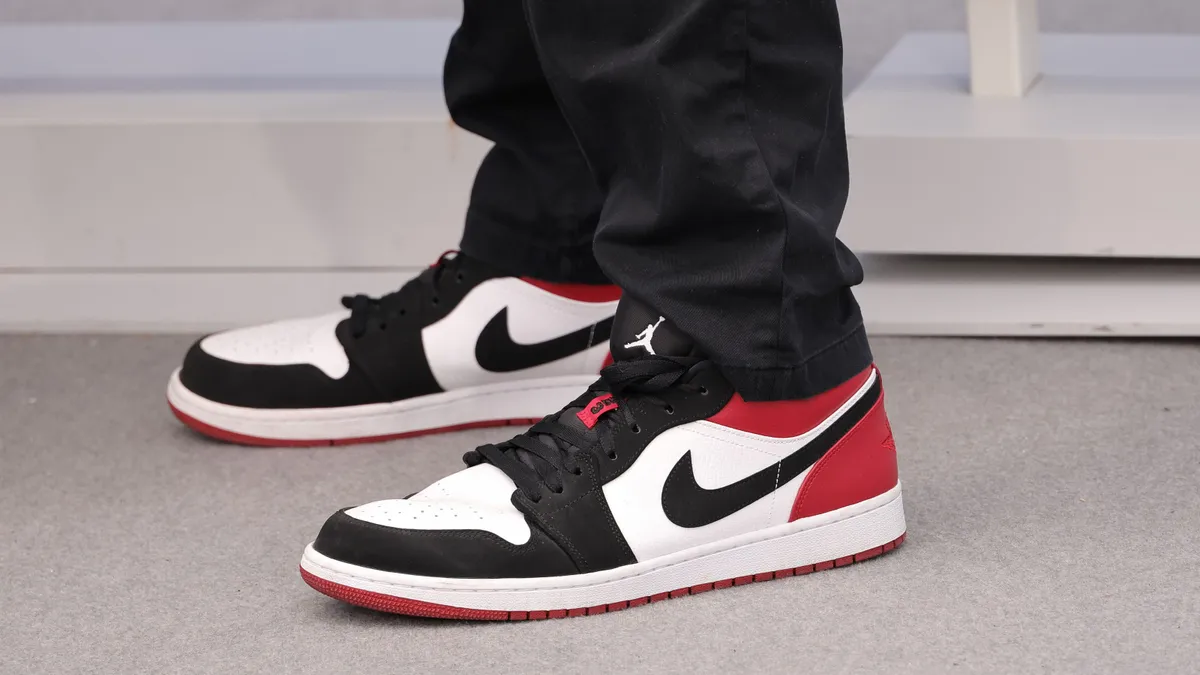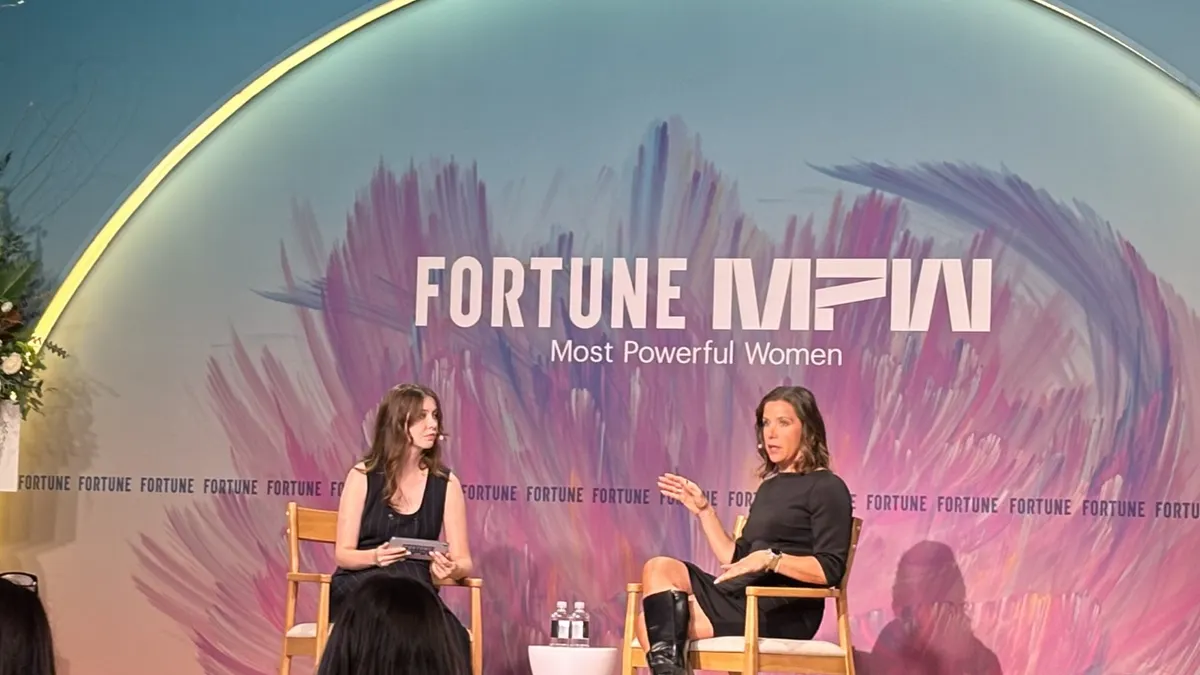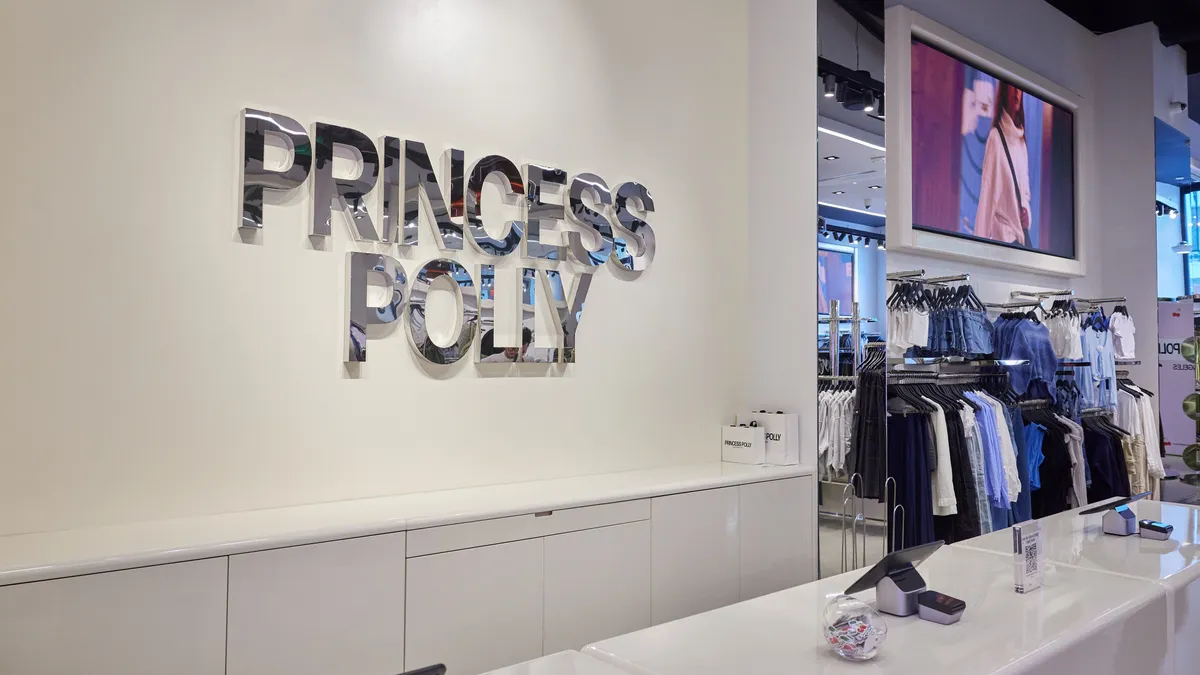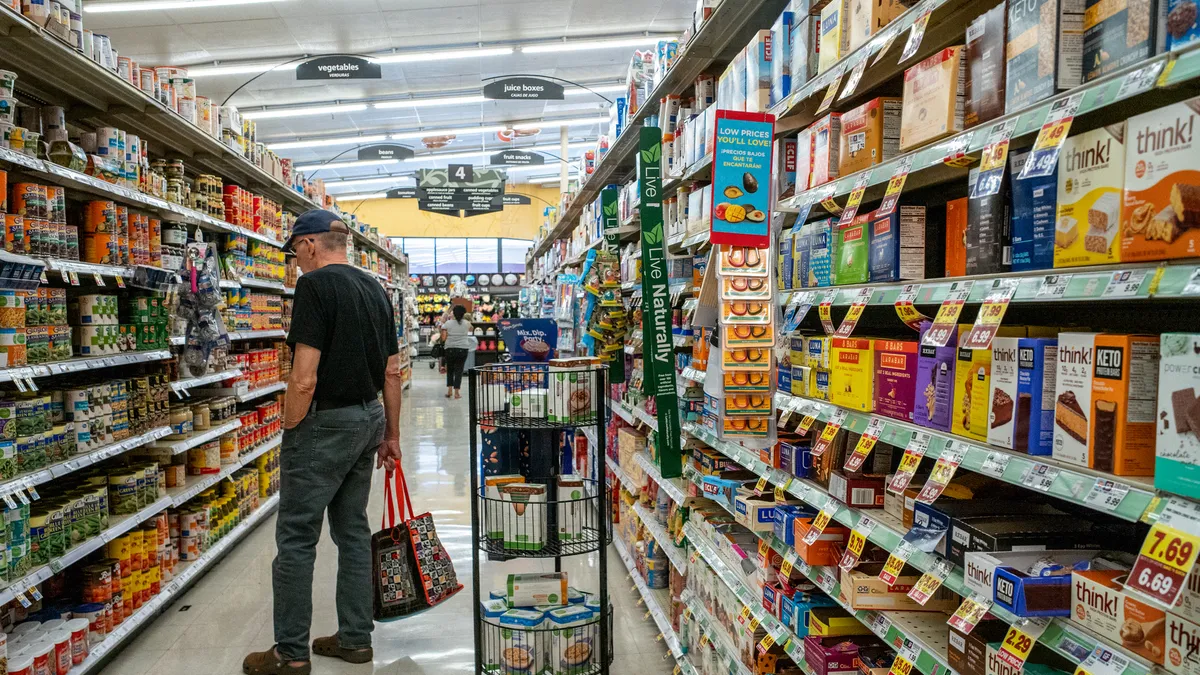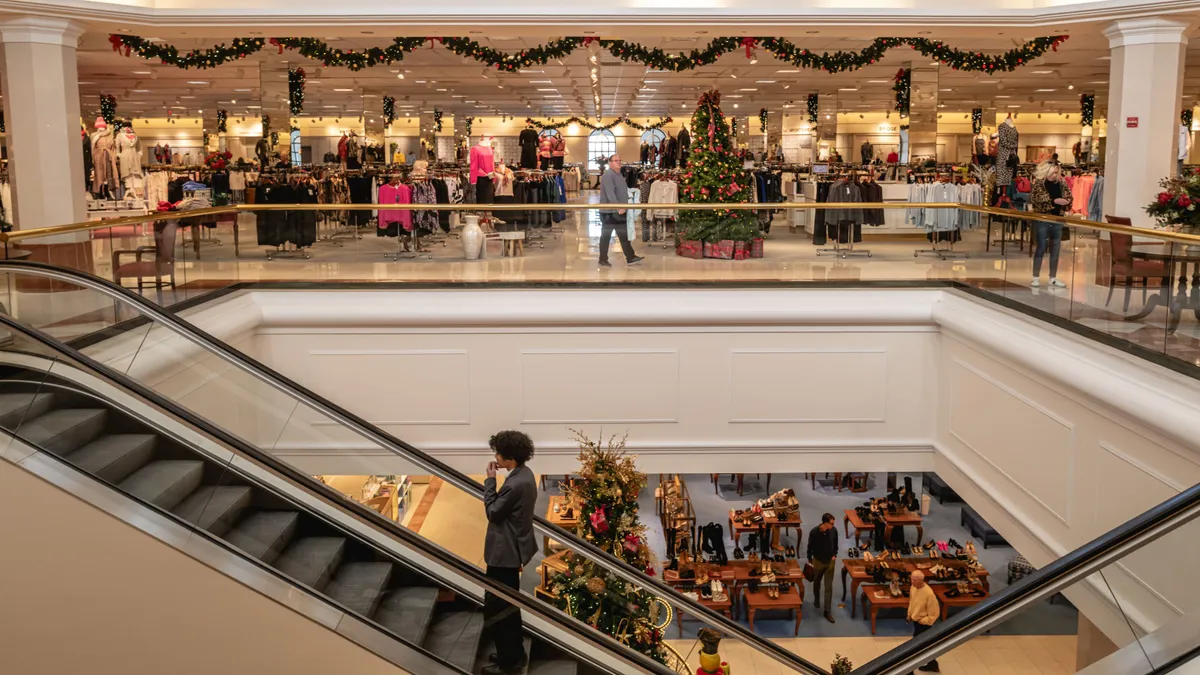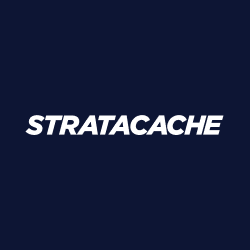In 2012, Kickstarter published a blog post reiterating that the site “is not a store,” and took care to let users know how important it is to be clear about the risks and challenges of bringing their ideas to market. In it, the funding site noted that a project's supporters should be made aware that the final product won’t necessarily live up to expectations, or even ever appear.
Despite that stipulation, Kickstarter has clearly ignited a new way to conduct e-commerce. In fact, retailers have taken notice: in June Etsy began piloting a crowdfunding feature to help its sellers raise money to expand their businesses and Amazon has included a crowdfunding feature as part of its Exclusives storefront.
But it isn’t just small sellers like those taking advantage of marketplaces like Etsy and Amazon (or using Kickstarter itself). San Francisco-based crowdfunding, and e-commerce platform Celery enables retailers of many stripes and sizes to facilitate pre-orders and/or crowdfunding on their own sites.
“We’ve talked to many larger brands that want to bottle the magic of Kickstarter while maintaining control of their brand,” Celery CEO Chris Tsai told Retail Dive. “Similarly there are many venture-backed startups that want the experience of purchasing to be their own experience. So they want to launch their products themselves instead of using Kickstarter.”
Crowdfunding vs Pre-orders
Although some use the terms interchangeably, pre-orders and crowdfunding are similar but distinct ways to gauge customer interest and use the information to determine inventory needs.
The difference may seem minor, but in shoppers’ eyes, it turns out, it’s major. In crowdfunding, a product may never get to market, and the money that potential buyers have ponied up for research and testing isn’t returned. That up-front money, in other words, is essentially a donation that sometimes results in the donor receiving the crowdfunded goods, and sometimes doesn't.
Pre-orders, by contrast, include a promise for delivery of goods. If the retailer doesn’t collect enough orders to justify manufacture or a vendor order, the money is returned.
Customers who get involved with crowdfunding are usually highly tolerant when their donations don’t necessarily result in a delivery, but the situation must be made clear. If they think they've ordered something, that is, they think they've pre-ordered, they may be willing to wait, but they're unlikely to be happy about foregoing their order entirely.
“Some merchants think they’ve set up a crowdfunding campaign when they’ve actually set up a pre-order,” Tsai says. “Usually it’s just a matter of using the right language.”
Logistics & Marketing
A Kickstarter campaign makes sense for smaller artisans or entrepreneurs trying to realize a dream or make an idea happen. But more established companies aren’t interested in ceding control of their brand or their logistics to a platform like Kickstarter, PayPal, or Amazon.
Still, a crowdfunding approach can help companies like Pebble or even larger ones like Disney and Timex, who have worked with Celery to crowdfund certain products, to determine whether they need 6,000 or 60,000 in inventory. Similarly, crowdfunding can be used to determine whether a given city is a good place to open a brick-and-mortar store.
“ThinkGeek is a pretty innovative company, and similar to Disney Maker Studios, they’re saying, ‘Why should I keep guessing about how much inventory to buy, when I could have my customers tell me?’” Tsai says. That retailer, recently acquired by GameStop, is using a preorder system for its Star Trek Bluetooth Communicator; whether anything emerges will depend how how many Trekkies put up their money.
Finally, a crowdfunding or preorder approach is a way to bring loyal or “VIP” customers in on a project or new product early. And the “tease” of a crowdfunding campaign can stimulate interest in a product as well as measure it. “Some retailers are realizing it’s a powerful marketing mechanism,” says Tsai.
On-demand inventory
Inventory management is one of the trickiest challengers for any retailer; superfluous inventory is always a nightmare, forcing promotional pricing or write-offs. So retailers like flash-sales site Zulily have attempted to limit those risks by hedging their purchases. The retailer holds off purchasing merchandise until after shoppers have ordered it, and the average time for an order to leave Zulily's warehouses was 13.7 days in Q4, at a time when most shoppers expect their orders within a week or so. But, as it has grown beyond its early loyal customer base, Zulily has run into resistance over this supply chain model.
Now the company is bringing inventory to its warehouses sooner, so that it’s ready to go more quickly, even though the merchandise is still owned by the vendors.
Yet a pre-order model, which also is a wait-and-see approach to inventory, doesn't rankle in the same way. And that's all about expectations, says Tsai. Men’s jeans and footwear e-retailer Gustin, for example, uses pre-ordering as a matter of course. Status bars show each item’s progress to give a sense of how likely something will become Gustin merchandise. The retailer’s customers are likely going to wait even longer than Zulily’s do, but the psychology of the pre-order means Gustin’s customers’ expectations are being met — even when they don’t get what they ordered at all. The participation in bringing the product to market, and the up-front nature of the process makes it all good.
How to jump in
That’s not to say that crowdfunding or developing a pre-order strategy is easy to run.
Celery client Nomiku, a company that ran two successful Kickstarter campaigns for their food-prep innovation, together garnering more than $1.3 million, found they hadn’t established how to store or manage their backer data or how to keep up with demand. Add to that, managing orders was taking too much of their time.
“Although the idea of crowdfunding connotes a sense of spontaneity, for project creators it should be quite the opposite,” Nomiku marketing and operations executive Patrick Wong wrote on his blog last week. “There are variables in crowdfunding that are out of your control–like the total amount of funds raised–but there are also things that you can do to dramatically increase your shot at success. Working with a pre-order platform like Celery will alleviate some of the post-campaign ‘WTF’ by guiding you through the intuitive next step in your crowdfund."







